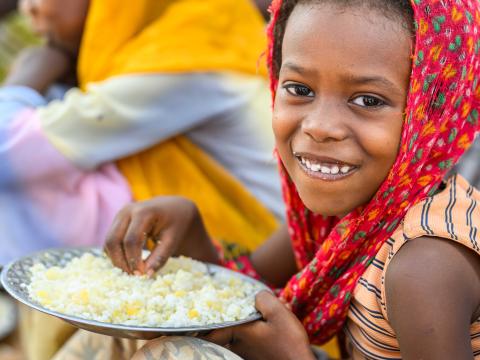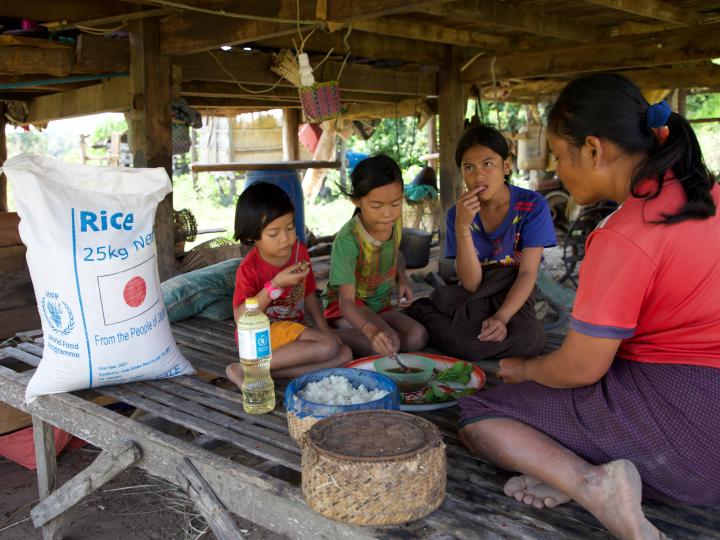
Asia-Pacific
In 2024, 88 million people across East Asia, South Asia, and the Pacific were affected by acute hunger, driven by both immediate humanitarian crises—such as those in Myanmar and Bangladesh—and long-term developmental challenges like climate change, migration, and economic instability.
In response, World Vision adopts a holistic, community-centred approach to humanitarian assistance, prioritising the needs of vulnerable children and families. Across the region, the organisation combines rapid emergency response with long-term development, focusing on climate-resilient agriculture, nutrition, education, WASH, child protection, and inclusive disaster preparedness.
Through anticipatory action, cash and voucher assistance, and digital innovations, World Vision strengthens community resilience and ensures timely, dignified support. Strategic partnerships with governments, local actors, and global agencies further amplify impact, while child participation and local ownership remain central to shaping sustainable, locally relevant solutions.
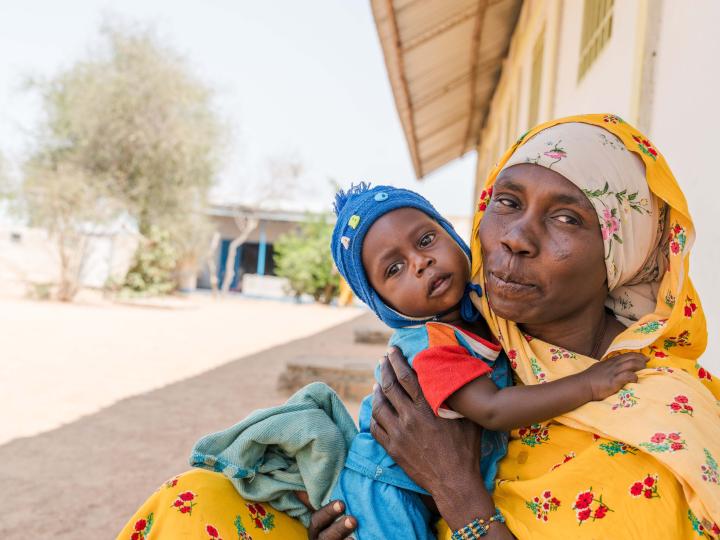
East Africa
The region is facing compounded crises driven by conflicts, widespread displacement and climate shocks, leaving nearly 62 million people acutely food insecure. Over 26 million people are displaced, with Sudan representing the world's largest displacement crisis at 11.3 million. An estimated 834,000 people in the region are experiencing famine, accounting for over 40% of the global famine caseload.
For more than 40 years, World Vision has partnered with communities across East Africa-from rural agricultural villages to urban centres and fragile, conflict-affected areas. Our experience has shown that holistic, community-based approaches are the most effective way to transform lives and build resilience.
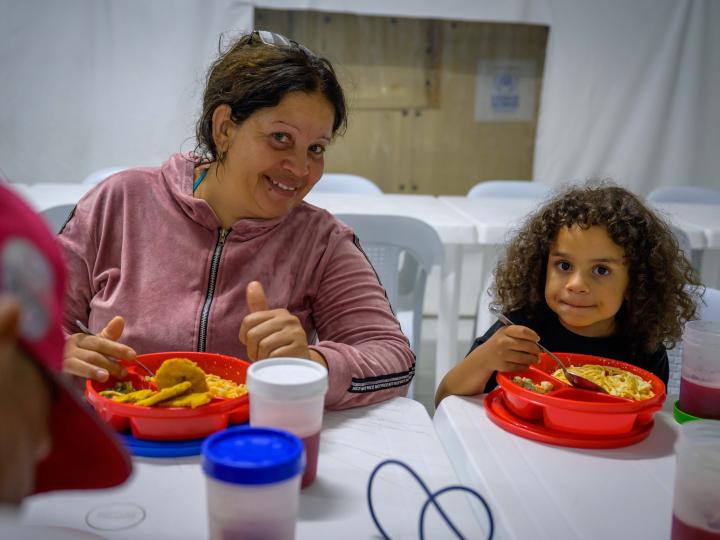
Latin America and the Caribbean
In the region, 40.8 million people are currently experiencing acute food insecurity, driven by a complex mix of income inequality, limited access to land, and scarce employment opportunities. These challenges are compounded by the region’s high vulnerability to climate change, with increasingly frequent and severe hurricanes, floods, and droughts—further intensified by El Niño and La Niña weather patterns.
In response, World Vision has prioritised 14.2 million individuals for immediate assistance based on its operational capacity. The organization’s humanitarian approach in the region emphasises child protection, resilience, and addressing the root causes of vulnerability. Operating in 14 countries, World Vision collaborates with communities to confront both chronic development issues and urgent humanitarian crises such as violence, displacement, and natural disasters. Its efforts focus on violence prevention, education, health, and economic empowerment, while promoting inclusive, faith-based, and community-led solutions.
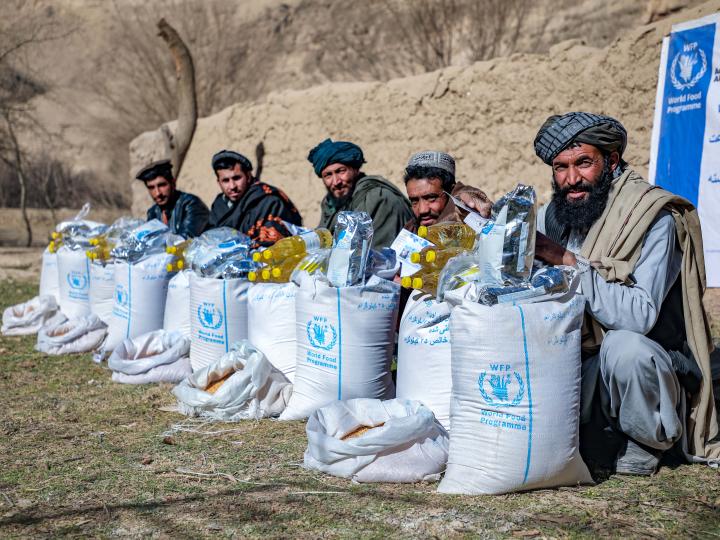
Middle East and Eastern Europe
The region is experiencing unprecedented levels of crisis, with millions affected by relentless conflict, political instability, staggering refugee crises and a deepening economic downturn. In 2024, over 41 million people were acutely food insecure, with soaring Inflation and high food prices compounding the crisis.
In this challenging context, World Vision MEER stands as a trusted and stable partner, delivering impact for children through a holistic, nexus-based approach, deep long-standing relationships with local communities and partners and a commitment to child participation and empowerment in all aspects of its work.
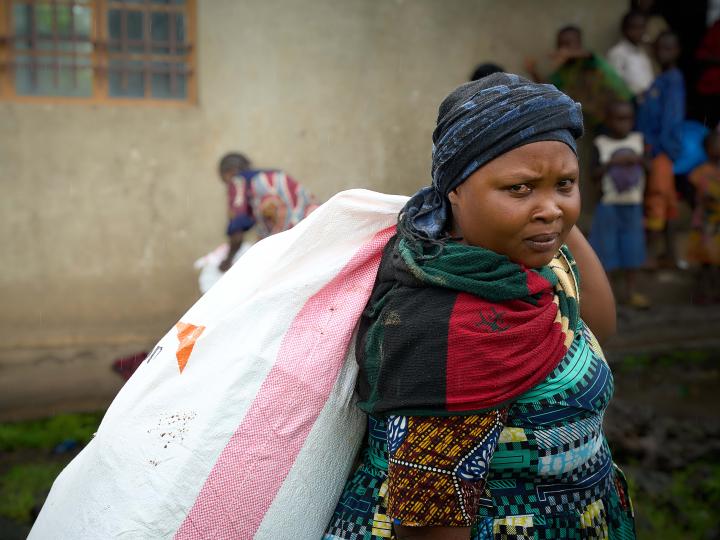
Southern Africa
In 2024, approximately 55 million people across Southern Africa faced acute food insecurity, driven by a convergence of El Niño-induced droughts, conflict (notably in eastern DRC and northern Mozambique), disease outbreaks, and economic instability. Several countries—including Lesotho, Malawi, Namibia, Zambia, and Zimbabwe—declared national drought disasters, while Mozambique and Angola were also severely affected. These conditions have led to significant food deficits and worsened already high malnutrition rates. With a forecasted La Niña on the horizon, the risk of flash floods could further deepen the region’s humanitarian crisis.
World Vision is actively responding to the urgent needs of the most vulnerable—especially children—through food assistance, malnutrition treatment, disease prevention, child protection, and WASH interventions. At the same time, we are advancing Anticipatory Action by strengthening early warning systems, building staff capacity, and collaborating with regional partners to ensure timely, coordinated responses—protecting lives and livelihoods before crises escalate.
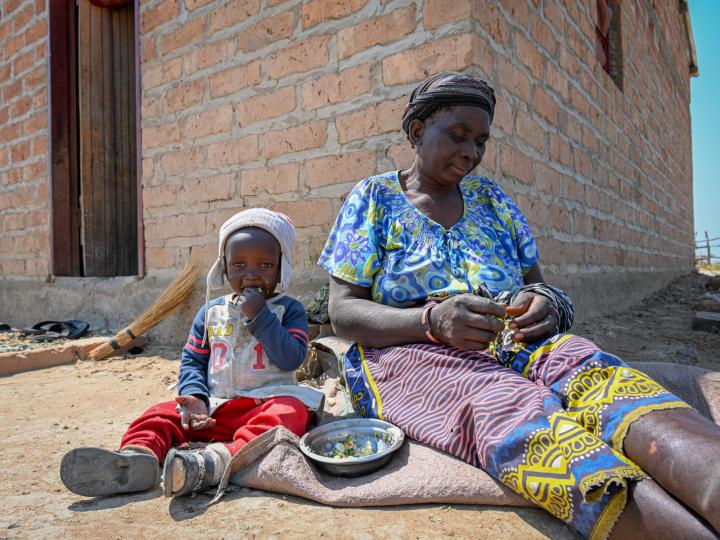
West Africa
In 2024, 57 million people across the region faced acute food insecurity, while 16.8 million children under 5 suffered from global acute malnutrition. Key drivers include conflicts leading cause of hunger, climate change-disrupting agricultural productivity, and economic instability-reducing food accessibility and livelihoods. These overlapping crises continue to threaten the well-being of millions, particularly the most vulnerable.
In response, World Vision’s humanitarian approach in West Africa is holistic, community-driven, and focused on long-term transformation. The organization prioritizes children and vulnerable populations through integrated programming that addresses food insecurity, malnutrition, education, gender equality, WASH, and protection. By combining emergency response with sustainable development, World Vision empowers communities through cash transfers, anticipatory action, inclusive education, and digital savings tools. Strategic partnerships with governments, local organizations, and global agencies such as USAID, WFP, and FAO amplify impact, while community voices and child participation remain central to shaping locally relevant and lasting solutions.
